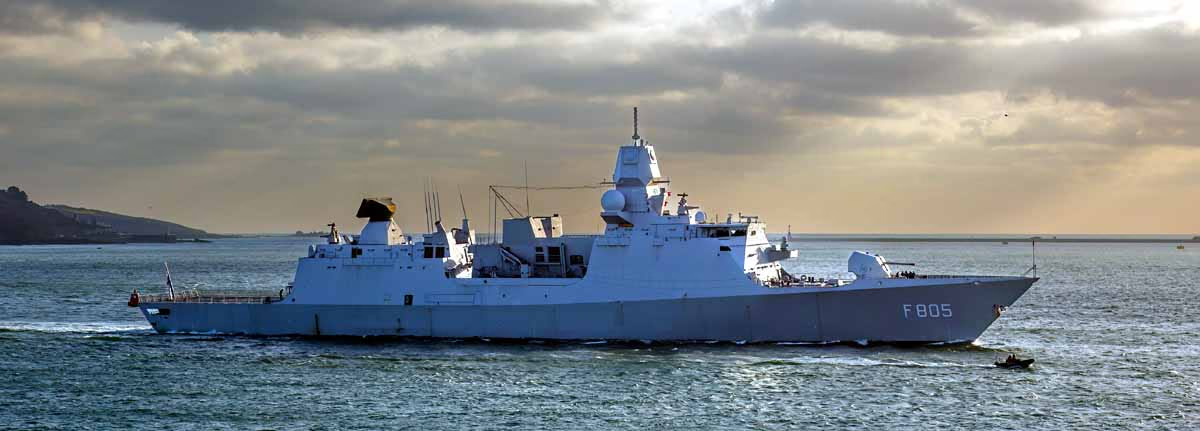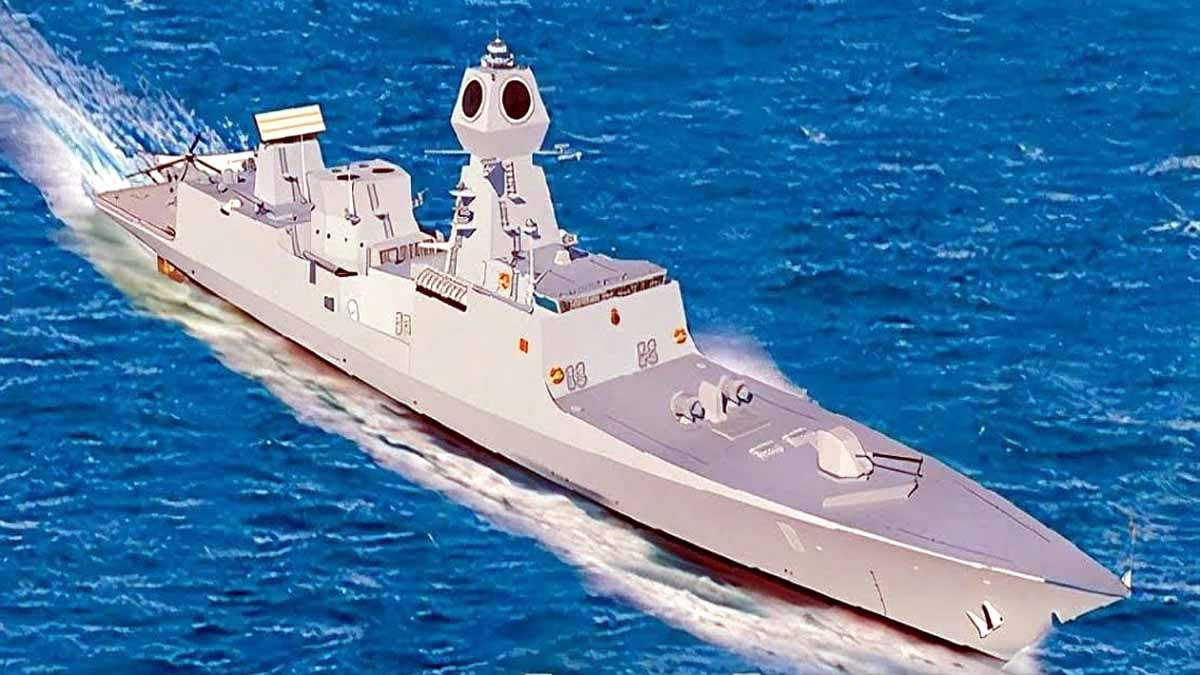India is striving to bolster its naval strength with a new initiative called Project 18 (P-18), a next-gen destroyer capable of carrying 144 missiles, including the BrahMos supersonic cruise missile. It can track enemies 500 kilometers away.
Let’s delve into what this destroyer entails, its benefits, and how it will fortify India's security.
What is Project 18?
Project 18 is an innovative warship from the Indian Navy, crafted by the Warship Design Bureau (WDB). It's set to be larger and more powerful than the current Visakhapatnam-class destroyers, weighing approximately 13,000 tons, potentially becoming India's largest naval patrol vessel. According to international regulations, it may fall under the cruiser category, as ships exceeding 10,000 tons are classified as cruisers.

Source: aajtak
This destroyer will be fully equipped with stealth capabilities, making it elusive to enemy radars. Design began in 2023, with expected completion between 5 to 10 years.
How powerful is its missile capacity?
The highlight of Project 18 is its 144 vertical launch system (VLS) cells, designed to launch various missiles, making it versatile. These include...
BrahMos Missiles: 48 cells will hold BrahMos extended-range supersonic cruise missiles and Indigenously developed Technology Cruise Missiles (ITCM), capable of targeting enemy ships and land bases.
Long-range Surface-to-Air Missiles (LRSAM): 32 cells for aerial and ballistic missile defense. Range extends up to 250 kilometers.
Very Short-range Surface-to-Air Missiles: 64 cells for close-range aerial and missile threat protection.
Hypersonic BrahMos-2: 8 slant launchers for this upcoming, faster, and more lethal missile.
With such an arsenal, the ship can tackle multiple threats simultaneously—air, sea, and land.

Source: aajtak
How does it monitor threats 500 km away?
This destroyer features four advanced active electronically scanned array (AESA) radars, co-developed by DRDO and Bharat Electronics Limited (BEL). These radars...
Offer 360-degree surveillance, identifying threats from all directions.
Track aerial and maritime targets up to 500 kilometers away.
Feature S-band radar, volume search radar, and multi-sensor mast, performing even in challenging environments.
These radars not only detect foes but also assist in precise targeting.
Part of Self-reliant India Initiative
Project 18 incorporates over 75% indigenous technology, aligning with the 'Self-reliant India' initiative. Components include...
Indigenous missiles and radars.
Integrated electric propulsion system, ensuring swift and stealthy navigation.
Two multi-role helicopters (like HAL Dhruv) and autonomous underwater drones for anti-submarine warfare.
This ship not only demonstrates power but also showcases India's technological prowess.

Source: aajtak
When will it be ready and what's the benefit?
Timeframe: The design might be finalized by 2028. Construction could complete between 2030-2035 by Mazagon Dock and Garden Reach Shipbuilders.
Navy objective: Aiming for a 170-175 ship fleet by 2035, Project 18 will be its backbone.
Security: This ship addresses China's growing naval power and challenges in the Indian Ocean.
This will greatly secure India's maritime borders, emerging as a major sea power.
What are the challenges?
Time: Development may take 5-10 years, providing enemies time.
Cost: Building such a large and advanced ship is expensive, requiring a significant budget.
Testing: Proper testing of radar and missile systems is crucial.




